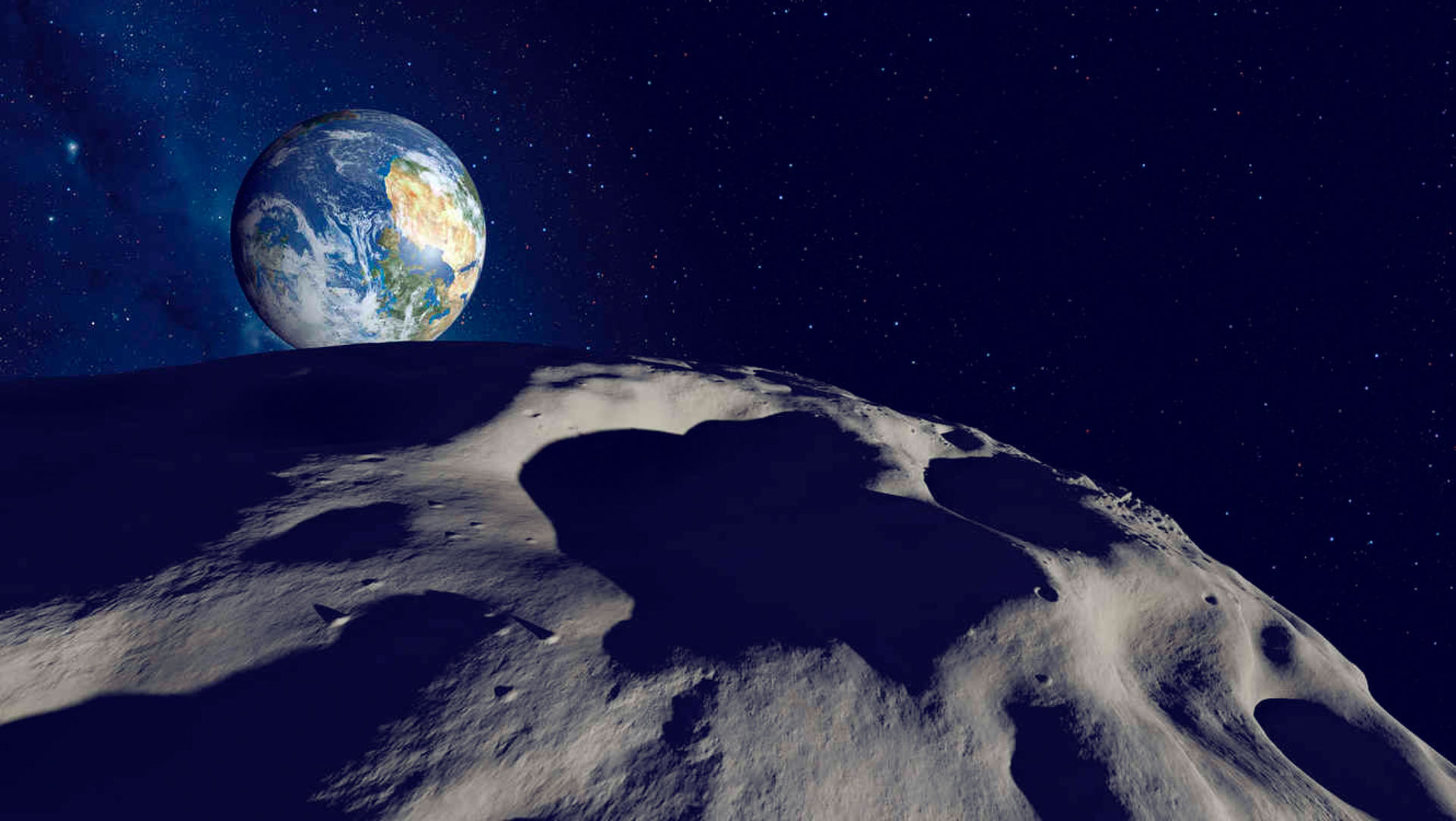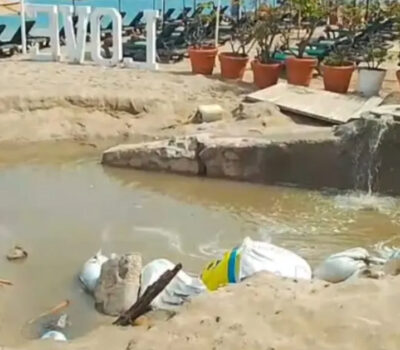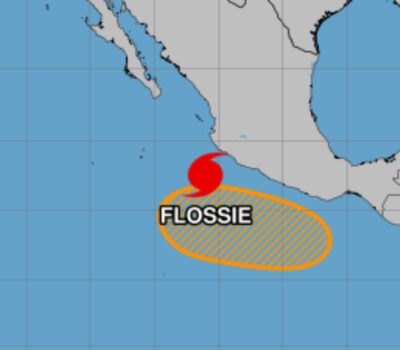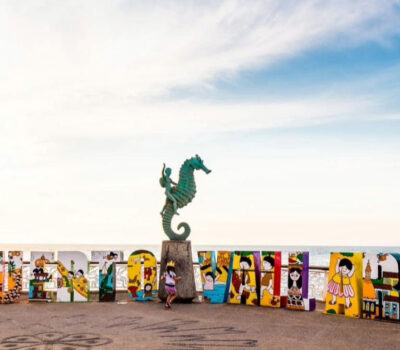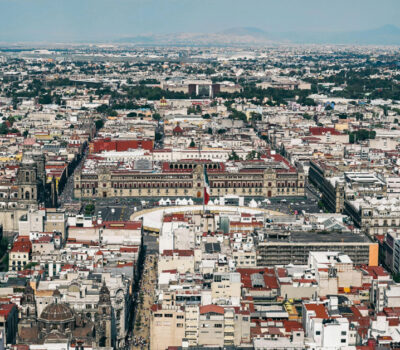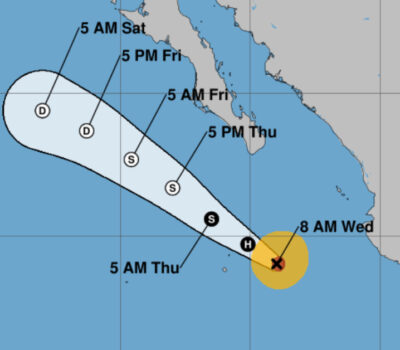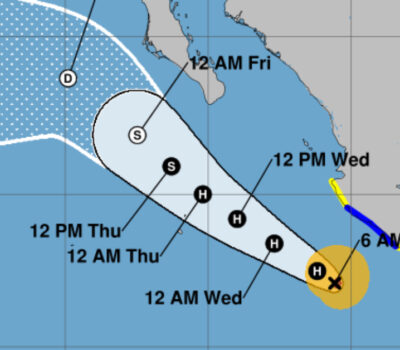On September 1, 2017 an asteroid of more than four kilometers wide will pass close to the Earth, however, it will not represent any danger for humanity, said the astronomer, Alejandro Farah.
The researcher at the Institute of Astronomy of the National Autonomous University of Mexico (UNAM) indicated that even though it is classified as a Potentially Hazardous Asteroids (PHAs), it will pass seven million kilometers away from Earth, that is to say, 18 times the distance from Earth to the Moon.
“It is not dangerous; its particularity of interest because it is one of the largest asteroids passing so close to Earth.”
In an interview, he commented that the asteroid is classified within the 1,876 that are considered “potentially destructive”, but so far none of them shows signs of a possible collision with Earth.
“In addition, another important fact is that Jupiter is a protective shield of the Earth since it diverts by gravitational attraction many of these objects,” he said.
The object was discovered in 1981 by the astronomer John Bus of the University of Hawaii and instead of giving it its name, as the scientists who discover something new, the researcher decided to name the asteroid Florence.
“He had a nice gesture because he proposed that the asteroid bear the name of Florance Nightingale who was one of the forerunners of the modern professional nursing and who died, but the astronomer paid her homage.”
Alejandro Farah explained that asteroids are composed of rocky and metallic elements, and that the most accepted theory says that they come from the formation of the Solar System so that they “orbit around the Sun”.
“Several important asteroids have fallen and definitely some important one is going to hit the Earth, it is a fact, it is not known when but it will happen, what is now true is that it will not be Florence the one that impacts this September, but it will return to approaching the same distance in the year 2500,” he concluded.
You can live stream Asteroid Florence online for free. The Virtual Telescope Project will begin a free webcast from 8.30pm tonight.
Online observatory Slooh will also broadcast a live stream of the asteroid on its website from 2am on September 1.
NTX/AGL/GZP/JCG
On September 1, 2017 an asteroid of more than four kilometers wide will pass close to the Earth, however, it will not represent any danger . . .

